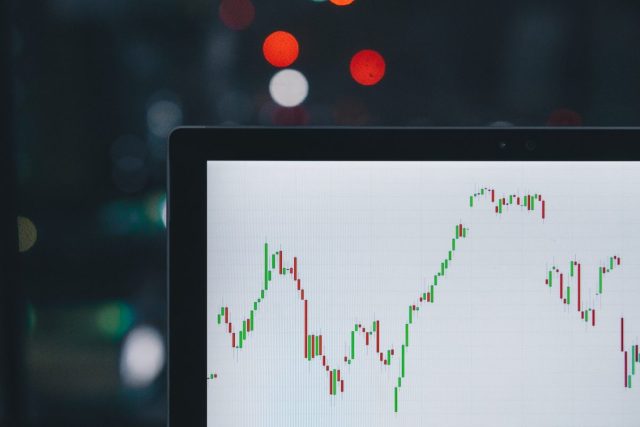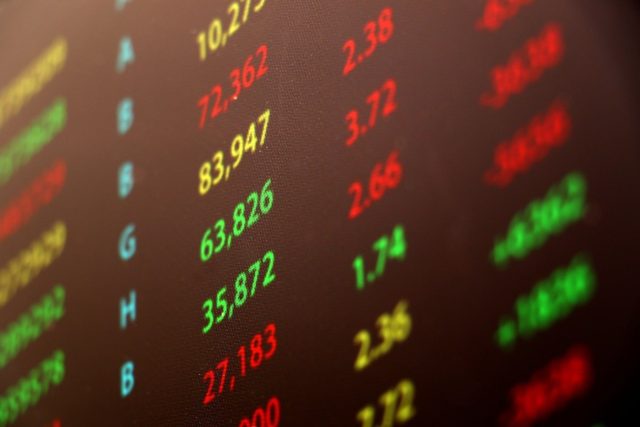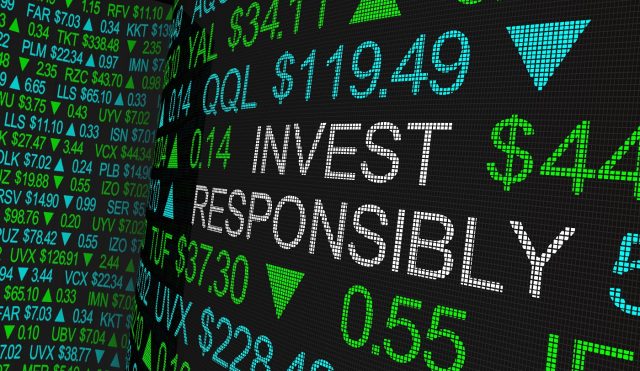3 Go-for-broke Dividend Growth Stocks to Buy Now and Hold Forever
There seems to be an almost unanimous consensus that 2025 could potentially bring a tsunami of financial prosperity through the surge of several high-performing stocks.
Put simply, 2025 might just be the perfect moment for investors to consider income and growth. Like surfers patiently waiting for the perfect wave, 2025 might offer the optimal wave for dividend growth investors to ride to a successful shore of unprecedented gains.
We’ll embark on a journey that could potentially lead to your best financial year to date.
Stay with us. It’s a venture you won’t want to miss for anything in the world.
Now let’s dive into our next step on that journey: 3 “go-for-broke” dividend growth stocks to buy now and hold forever…
Income & Growth in 2025
There’s something thrillingly refreshing about the idea of ‘Go-for-broke Dividend Growth Stocks’ that makes my heart race in anticipation.
Just imagine the explosive combination of yield and growth working harmoniously in 2025 to yield unprecedented gains. How could you, as an investor, possibly not be enthralled?
Undoubtedly, dividend growth stocks hold unique appeal. With the potential for robust dividends combined with exponential growth, these stocks could possibly be your best bet for attaining astounding financial success in 2025.
The idea of getting a payback from your investment (dividends) while simultaneously enjoying the prospect of your shares increasing in value (growth) has a certain undeniable allure.
The Top 3 Dividend Growth Stocks for 2025
Now, let’s talk specifics. We are going to delve into an in-depth analysis of three fantastic stocks: AbbVie (ABBV), Coca-Cola Co (NYSE: KO), and Ethan Allen Interiors (NYSE:ETH). All three companies have an impressive track record of consistent growth and solid dividends, earning them a spot on my ‘Go-for-broke Dividend Growth Stocks’ list.
ABBV: More Than Just a Pill
AbbVie (ABBV), a research-based global biopharmaceutical company, stands out for its robust yield of over 5%. It has successfully increased its dividend for eight consecutive years, a testament to its steady yet aggressive growth plan.
ABBV’s primary strength lies in its diverse and unique product portfolio, including leading drugs like Humira and Imbruvica. Both these drugs have consistently generated high profits and fueled revenue growth.
This well-rounded product portfolio, coupled with a healthy pipeline of potential blockbuster drugs, provides a solid base for future dividend growth. As an investor, you’re not just buying a “pill,” you’re investing in a holistic healthcare package.
KO: More Than Just Soft Drinks
Coca-Cola (NYSE: KO), an iconic global brand, offers a reliable dividend yield of around 3%. Its reputation for increasing dividends for an impressive 58 consecutive years makes it an enticing option for dividend investors.
However, Coca-Cola is not just about soft drinks anymore. The company has been transforming its business model to focus on healthier options like water, tea, and juices. This shift towards healthier options is expected to drive growth in the coming years.
Furthermore, Coca-Cola’s wise investments in fast-growing brands like Monster Beverage and fairlife, and its strong global distribution network, set it up for long-term success and steady dividend growth.
ETH: More Than Just Furniture
Ethan Allen Interiors (NYSE:ETH), a leading interior design company and manufacturer and retailer of quality home furnishings, is another promising dividend growth stock with a yield of over 3%.
The company’s strength lies in its unique business model, which integrates design, manufacturing, and retail in a seamless process. This vertical integration allows Ethan Allen to maintain quality control and strong profit margins, thereby supporting dividends.
Furthermore, the surge in home improvement trends, accelerated by the pandemic, positions Ethan Allen Interiors for significant growth potential. It’s not just furniture; it’s a lifestyle statement, capable of yielding promising returns for its investors.
Final Thoughts
To sum it up, I firmly believe in the potential of these ‘Go-for-broke Dividend Growth Stocks’. They provide the perfect mix of steady income and potential growth, making them a fantastic addition to any investor’s portfolio. As we look towards 2025, I can say with confidence that AbbVie (ABBV), Coca-Cola Co (NYSE: KO), and Ethan Allen Interiors (NYSE:ETH) are stocks worth holding on to for the long haul. As always, do your due diligence and happy investing!












